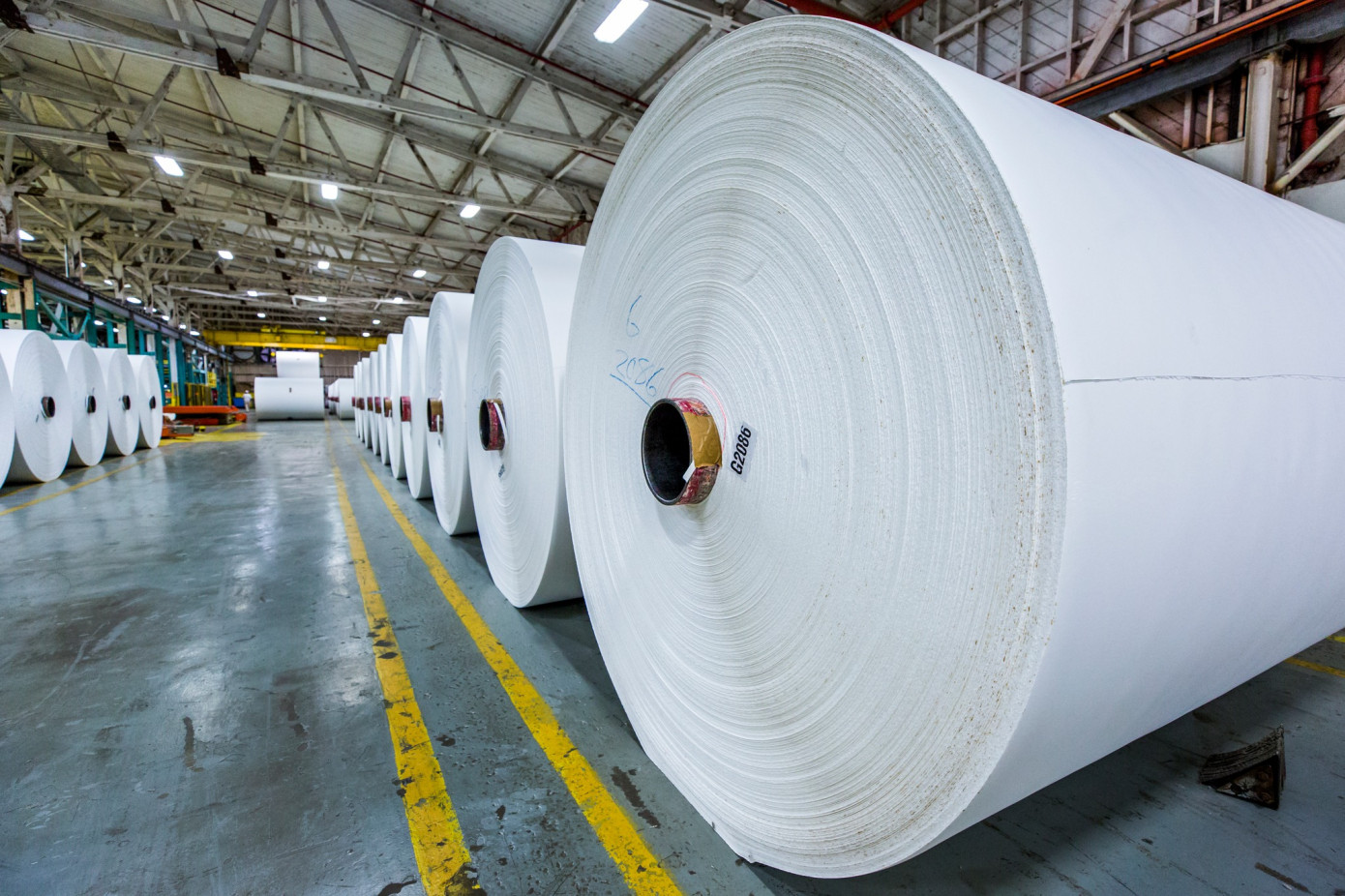Rayonier Advanced Materials Inc. reported a net loss of $363 million, inclusive of a $337 million non-cash deferred tax asset write-off, or $5.44 per diluted share, for the quarter ended June 28, 2025 compared to net income of $11 million, or $0.17 per diluted share, for the prior year quarter.
Net sales for the Q2 2025 were $340 million. Adjusted EBITDA from continuing operations for the Q2 2025 was of $28 million.
Loss from continuing operations for the quarter ended June 28, 2025 was $366 million, inclusive of the $337 million non-cash deferred tax asset write-off, or $5.48 per diluted share, compared to income from continuing operations of $8 million, or $0.12 per diluted share, for the prior year quarter.
Operating loss for the Q2 was flat compared to the same prior year quarter as lower variable compensation costs and a decrease in costs related to the Company’s ERP implementation were offset by unfavorable foreign exchange rates in the current quarter compared to favorable rates in the prior year quarter.
Compared to the Q1 2025, operating loss improved $11 million driven by Q1 non-cash environmental reserves charges of $12 million and lower variable compensation costs, partially offset by unfavorable foreign exchange rates in the current quarter compared to the Q1.
“Our Q2 results were impacted by a series of extraordinary and largely non-recurring challenges, including tariff volatility, operational disruptions and significant non-cash charges,” said De Lyle Bloomquist, President and CEO of RYAM. “These factors, while meaningful in the short term, are now largely behind us. As a result, we revised our 2025 Adjusted EBITDA guidance to $150 to $160 million. Importantly, these headwinds peaked in the second quarter and we’re already seeing tangible signs of stabilization and recovery entering the second half of the year.
Business Outlook
The Company now expects full year 2025 Adjusted EBITDA to range between $150 million and $160 million, reflecting the impact of extraordinary and primarily non-recurring challenges encountered during the first half of the year. These included global trade disruptions, tariff-driven market volatility, operational challenges, softer demand in Paperboard and High-Yield Pulp, a non-cash environmental charge and foreign exchange headwinds.
While these near-term pressures weighed on second quarter results, they are largely considered to have peaked in the period. Since May, order trends in Cellulose Specialties have improved month over month and operational performance across the Company’s cellulose facilities has remained broadly stable. With signs of normalization emerging, RYAM is positioned to rebuild momentum in the second half of the year.
Looking ahead, the Company expects to meaningfully grow EBITDA over the two years following 2025, supported by focused efforts to increase Cellulose Specialties sales volume from the expected market demand growth, expand Cellulose Specialties margins by increasing prices and investing in high return cost reduction projects and accelerate high-return investments in Biomaterials. These actions are core to RYAM’s long-term strategy, which targets over $300 million in run-rate EBITDA by the end of 2027.
The Company remains committed to disciplined capital allocation. As previously disclosed, RYAM began a process to explore the sale of its Paperboard and High-Yield Pulp businesses; however, given current market conditions and trade-related uncertainty, the process is now effectively on hold.
The following segment outlooks reflect RYAM’s current performance expectations for its operating businesses for the remainder of 2025.
RYAM is a global leader of cellulose-based technologies, including cellulose specialties, a natural polymer commonly used in the production of filters, food, pharmaceuticals and other industrial applications.
